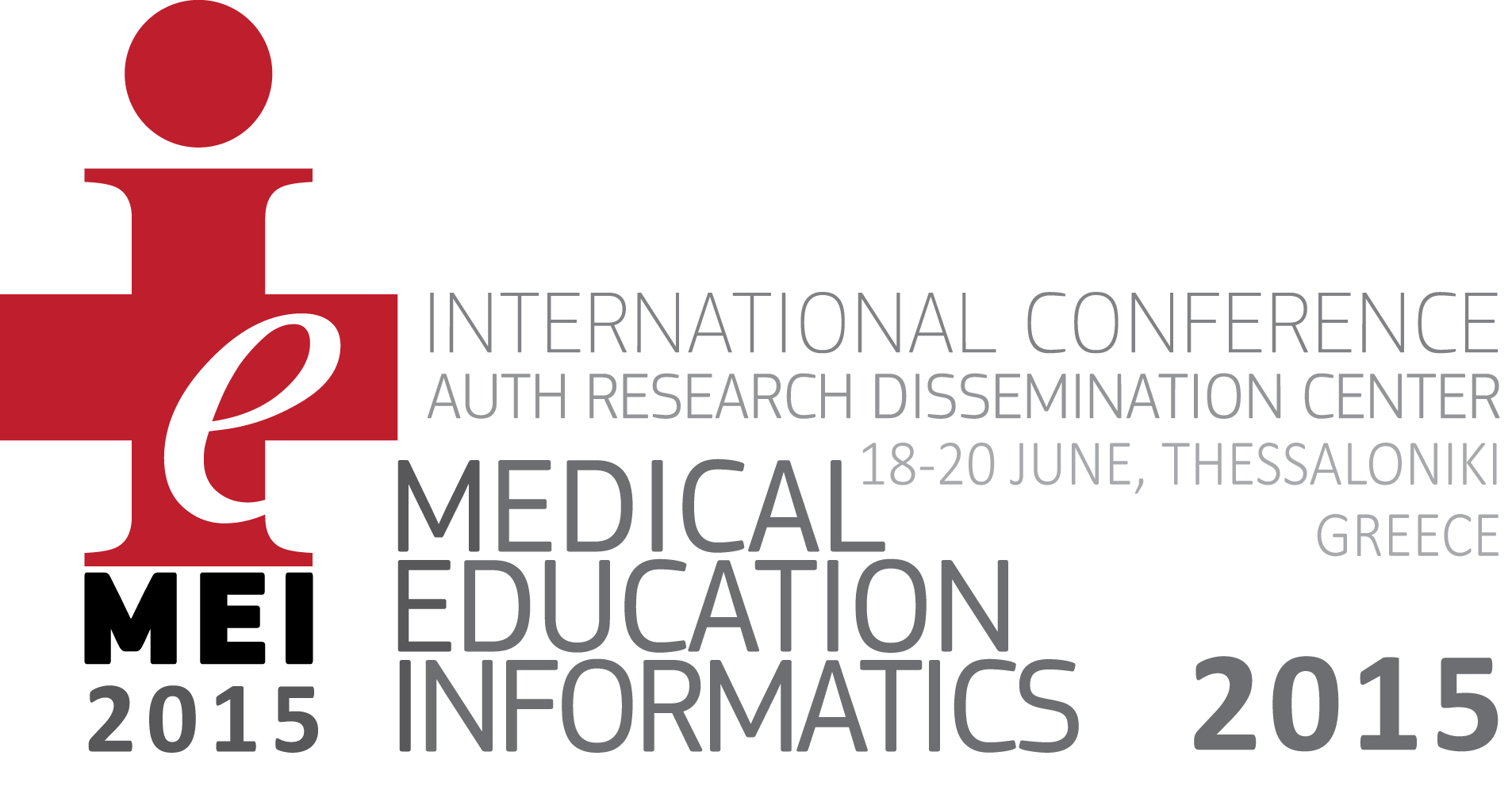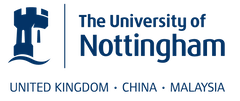Abstract:
Background:
Insufficient and inefficient training for carers of elderly, both formal and informal, imposes significant costs to the healthcare systems of first world countries. Modern lifestyle and adult obligations of this target group, make ordinary teaching methods counterproductive to the point of non-applicable. Scenario based learning has emerged as a valid form of self-directed self-paced education, in formal and informal context. Virtual Environments have, on the other hand, been established as experiential platforms for delivering serious purpose and recreational content.
Objective:
This work aims to provide a first qualitative assessment of the user perceptions and impressions of deploying an elderly care virtual scenario deployed in the OpenSim Virtual
Environment. Methods:
10 formal and informal carers (7 informal, 3 formal) mostly female (8 female, 2 male) experienced a training virtual scenario in OpenSim. The scenario involved the care actions necessary for an elderly male recent widower with pre-existing chronic health issues, moving in with his daughter and facing psychological and cognitive decline. Qualitative assessment was conducted through short, loosely structured interviews that were conducted immediately after the participants have experienced the scenario.
Results:
The participants identified the following advantages: immediacy of the environment increasing learning impact; relaxed pace of the experience allowing easier absorption of the material, as well as allowing to learn in a controlled environment without stressful time sensitive decisions. Areas of improvement included: the need for even more immersive presentation, such as audio narrative instead of textual feedback, more complex scenarios, with more visual cues for the user’s actions, as well as more open ended interaction with the virtual case.
Conclusions:
The users viewed the implementation of the virtual scenario in the OpenSim 3D virtual environment in a very positive light demonstrating a fertile ground for further enriching and developing this educational modality as a carer training tool.














